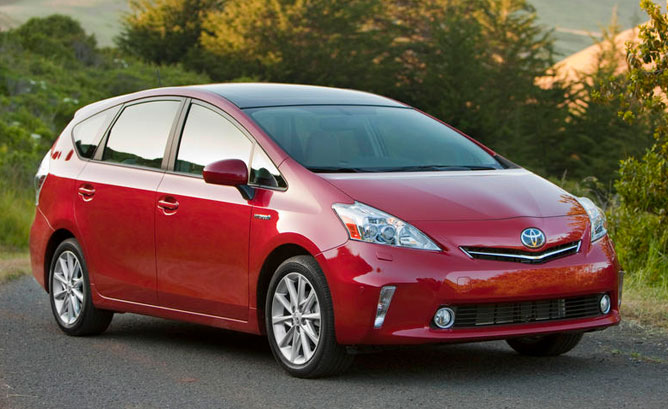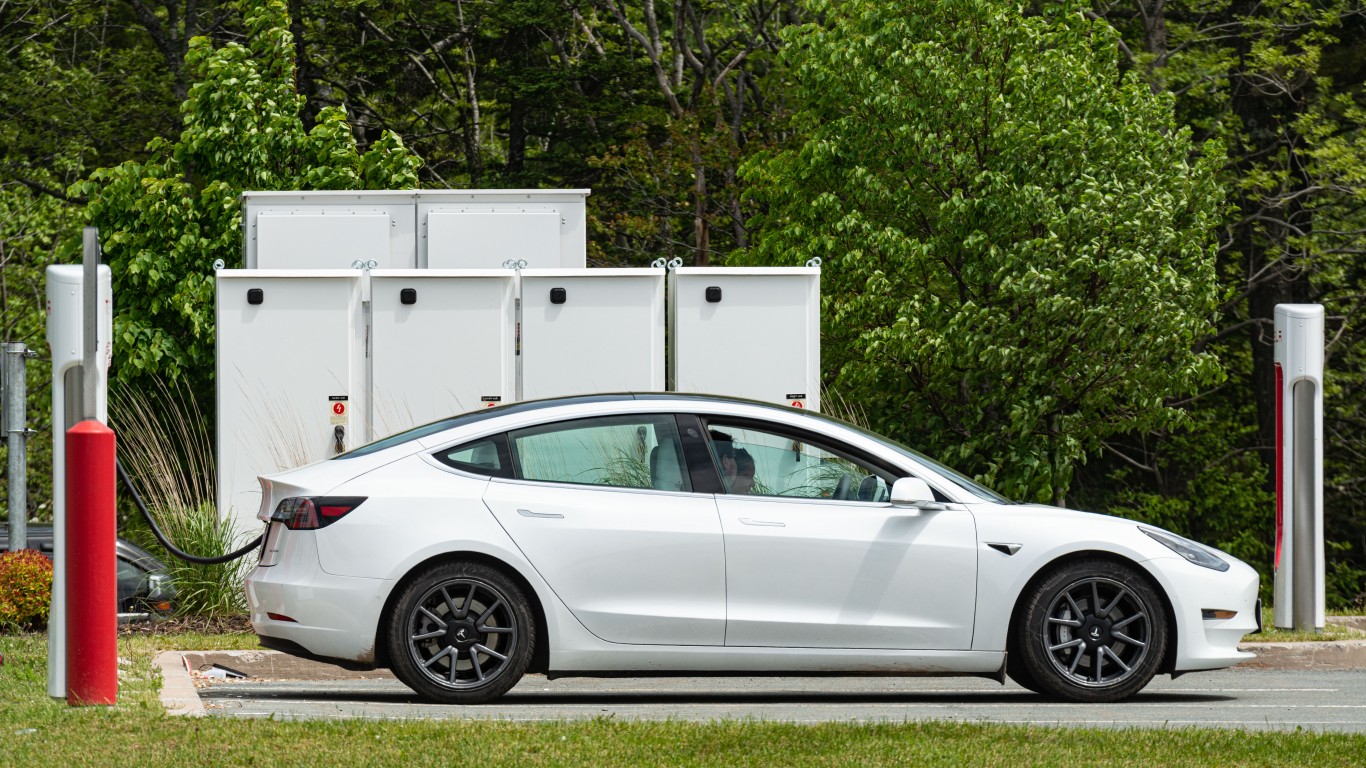
The troubles the Prius suffers from now extend across the entire year so far. August sales dropped 14.3% to 23,474. Sales through the first eight months dropped to 11.5% to 151,213. Despite the falloff, it still ranks among the top 20 selling cars in the United States.
The Prius’s track record over time is extraordinary. Launched in 1997, the Prius has sold nearly 4 million units worldwide. It has gone through four entire redesigns since then, and currently offers a plug-in model. It has at least tried to cash in on the movement to electric cars.
READ ALSO: The World’s Most Respected Brands
During the past several years, many of the best-selling cars in America (along with a number that do not sell so well) have launched hybrid editions. Even Toyota has hybrid versions of its best-selling models, particularly its top-selling Camry. In other words, in the hybrid sector, Toyota competes with itself. The decision does make sense based on wide consumer preferences for size, configuration and price. However, it cannot help but cannibalize Prius sales.
The wild success of the Prius has also driven the world’s other major car companies to press aggressively into the sector. For example, Ford Motor Co. (NYSE: F) offers hybrid or electric versions of its Fusion, Focus and C-Max. The Fusion and Focus are among the top 20 selling cars in America this year. Honda Motor Co. Ltd. (NYSE: HMC) offers hybrid or electric versions of its Accord, Civic and CR-Z. All three are among the top 20 selling cars this year — another indication of how crowded the hybrid market has become.
The Prius’s major problem appears to be that it has become a victim of its own multiyear success.
Get Ready To Retire (Sponsored)
Start by taking a quick retirement quiz from SmartAsset that will match you with up to 3 financial advisors that serve your area and beyond in 5 minutes, or less.
Each advisor has been vetted by SmartAsset and is held to a fiduciary standard to act in your best interests.
Here’s how it works:
1. Answer SmartAsset advisor match quiz
2. Review your pre-screened matches at your leisure. Check out the advisors’ profiles.
3. Speak with advisors at no cost to you. Have an introductory call on the phone or introduction in person and choose whom to work with in the future
Thank you for reading! Have some feedback for us?
Contact the 24/7 Wall St. editorial team.




